Millennials and older generations memorized the planets of our solar system with the mnemonic device “My Very Educated Mother Just Served Us Nine Pizzas,” which was then changed to “My Very Educated Mother Just Served Us Noodles” when Pluto was downgraded to a dwarf planet in 2006. However, a recent discovery could change it all over again as scientists have discovered what could be a “new” ninth planet.
In a recently published study, an international team of astronomers have found a gas giant orbiting TOI-6894, a tiny red dwarf star located just beyond Pluto. The cold gas giant reportedly has a radius slightly larger than Saturn and is so close to TOI-6894 that it can complete its orbit around the tiny star within three days. What flummoxes scientists is how such a small star can draw in a massive potential planet as its discovery challenges current conventional theories about our solar system.
“It’s an intriguing discovery. We don’t really understand how a star with so little mass can form such a massive planet!” said one of the study’s co-authors, Dr. Vincent Van Eylen, in a press release. "These findings suggest that even the smallest stars in the universe can in some cases form very large planets. That forces us to rethink some of our planet formation models.”
"The question of how such a small star can host such a large planet is one that this discovery raises - and we are yet to answer," said astronomer and co-author Edward Bryant to Reuters. "Given these stars are very common, there may be many more giant planets in the galaxy than we thought.”
@spaceausdotcom Answer to @metallfan_pl gas giants! #SpaceAustralia #Jupiter #Saturn #AskSpaceAus #GasGiants #Planets #SolarSystem
One of the many intriguing things about this could-be planet is that, unlike most other gas giants, many of which have temperatures over 1,000 degrees Celsius, this gas giant is much colder, under 150 degrees Celsius. That’s still quite hot on the surface, but scientists theorize that is because it is so close to its star. In fact, the gas giant is 40 times closer to its star than the Earth is to the Sun. While further study is needed, it’s theorized that the gas giant is mostly made of hydrogen and helium with a massive core in its center.
- YouTubeyoutu.be
While this discovery changes how astronomers think about our galaxy and the potential for other possible planets just outside our known solar system, it’s unclear whether we can consider this a “ninth planet” and change “My Very Educated Mother Just Served Us Noodles” again. Per the International Astronomical Union (IAU), there are three requirements before this gas giant becomes defined as a “planet.” It needs to orbit a star, be big enough to have enough gravity to force it into a spherical shape, and its gravity must be able to clear away other objects of similar size near its orbit. So far, this gas giant can fulfill those requirements. But, as more data is needed, it still may not “count” as one of our solar system’s planets since it orbits around the red dwarf star rather than the Sun.
Time and study will tell if this will be another planet to add, or if there are even more planets still out there.





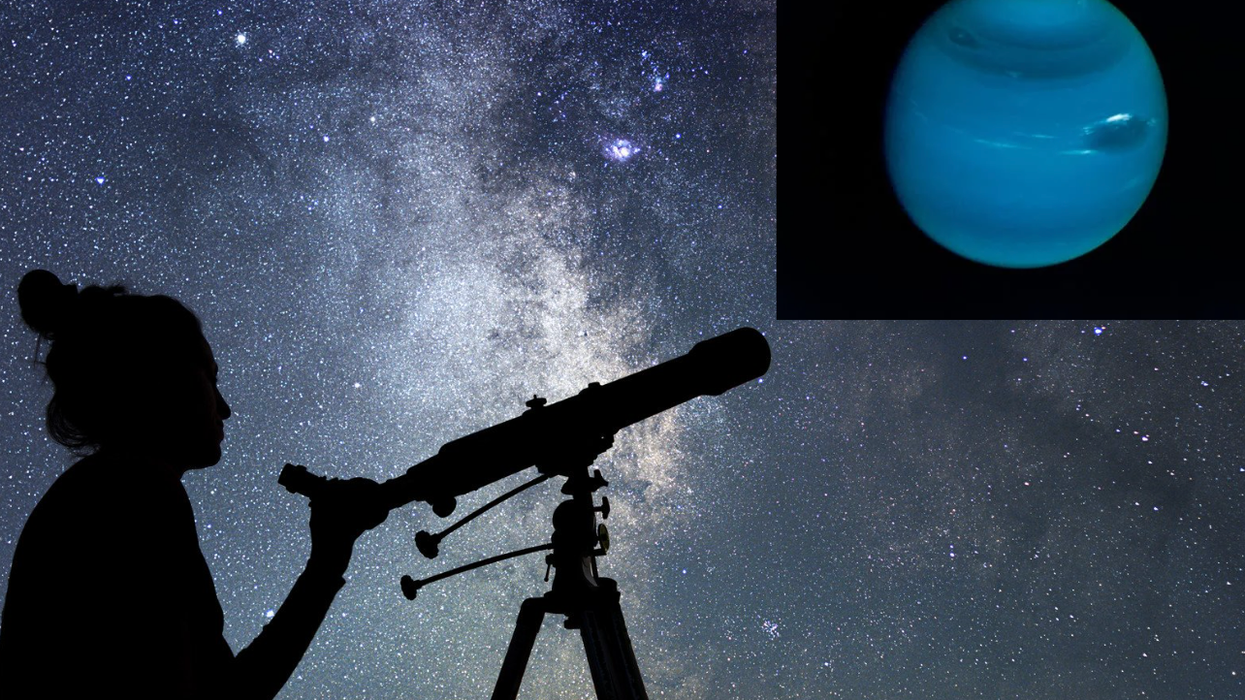




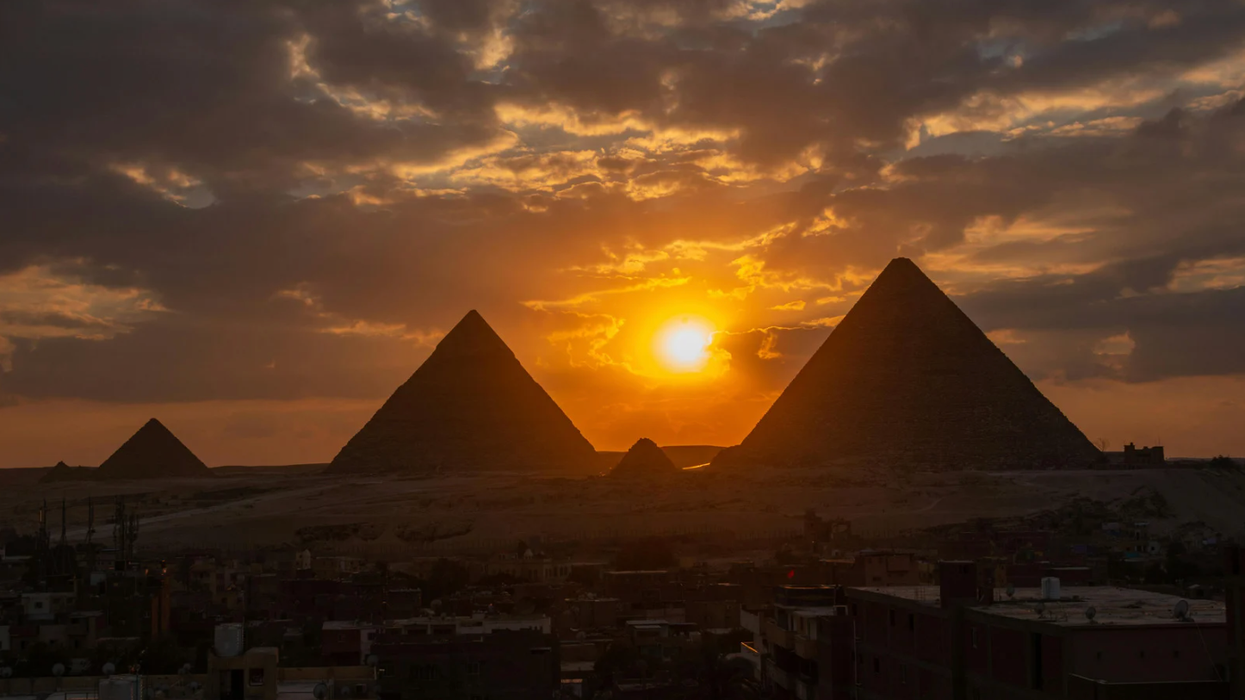






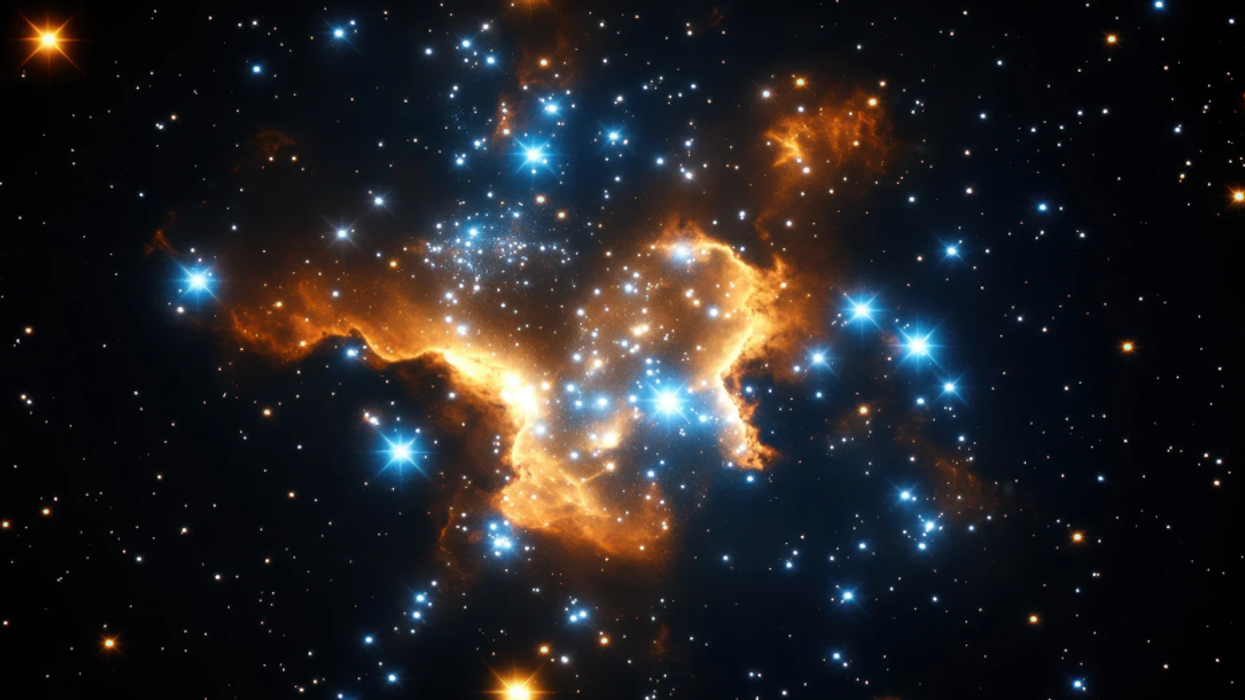
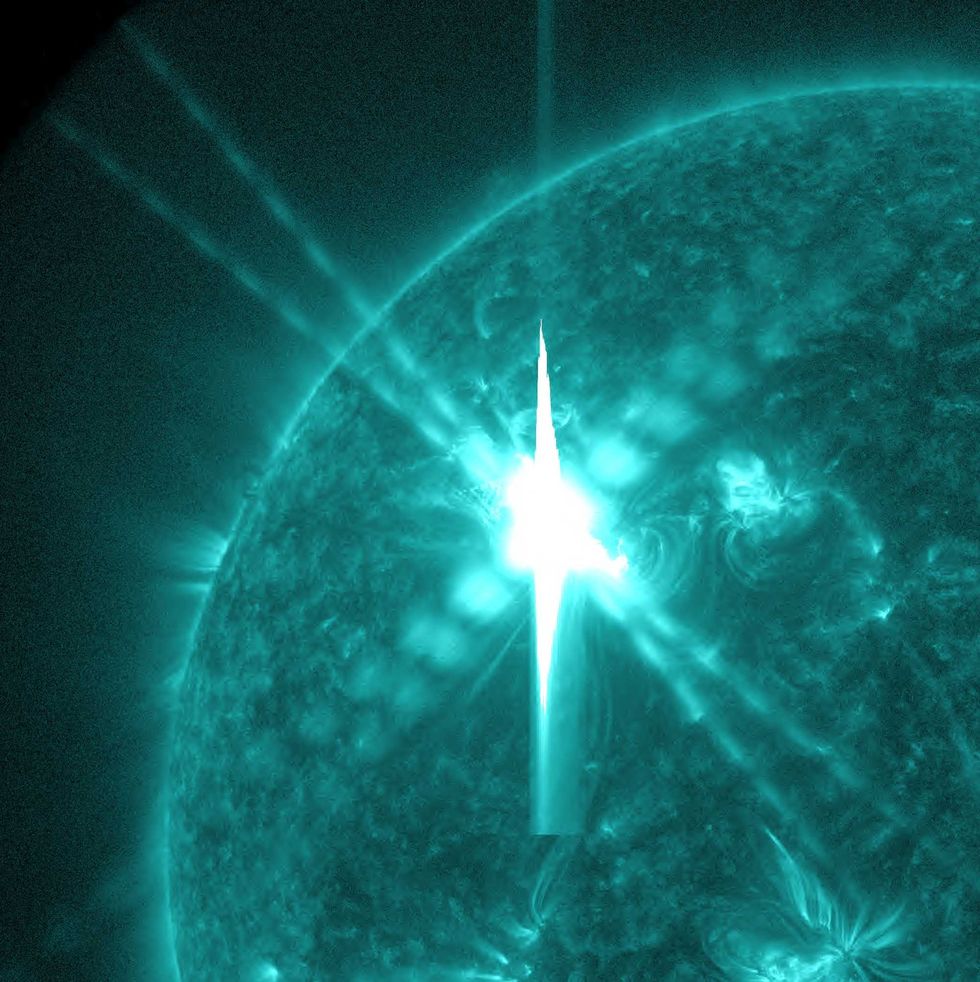 Image artifacts (diffraction spikes and vertical streaks) appearing in a CCD image of a major solar flare due to the excess incident radiation
Image artifacts (diffraction spikes and vertical streaks) appearing in a CCD image of a major solar flare due to the excess incident radiation
 Yonaguni Monument, as seen from the south of the formation.
Yonaguni Monument, as seen from the south of the formation. 
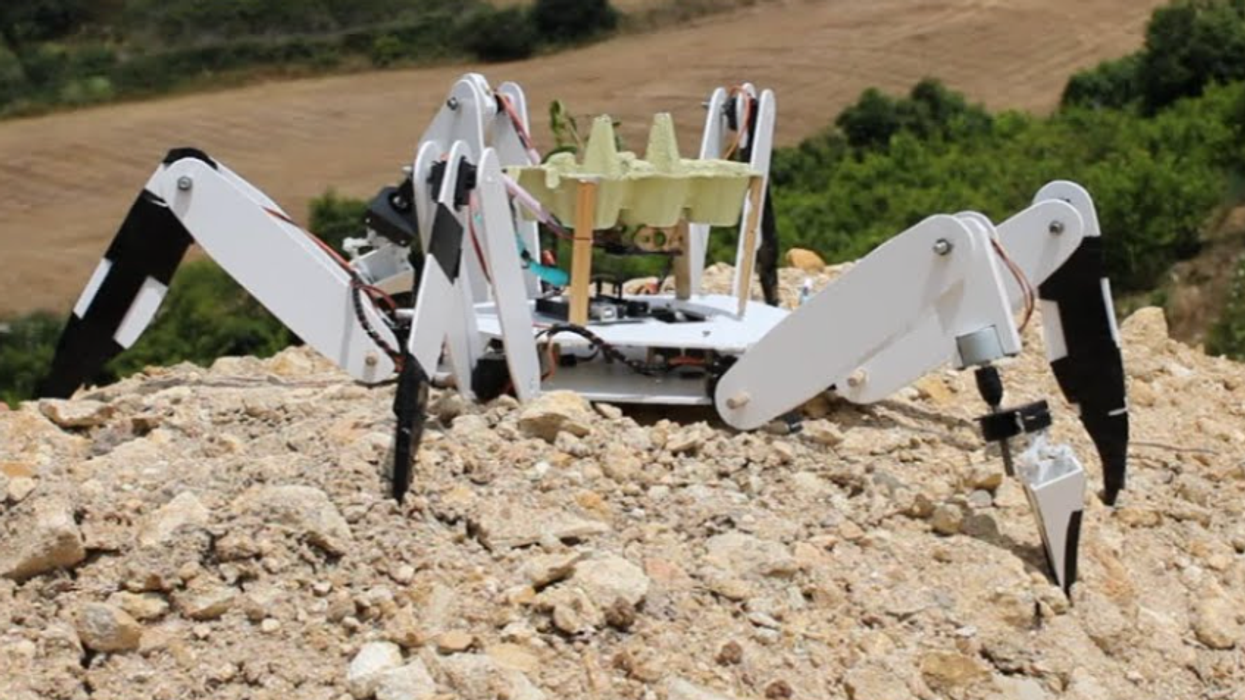



 A soldier relaxes on his bedCanva
A soldier relaxes on his bedCanva Gif of a child breathing deeply via
Gif of a child breathing deeply via 
 Take a moment to forget the world outside the headphones and just relax.
Take a moment to forget the world outside the headphones and just relax.  Lean back and unwind to the right music.
Lean back and unwind to the right music.